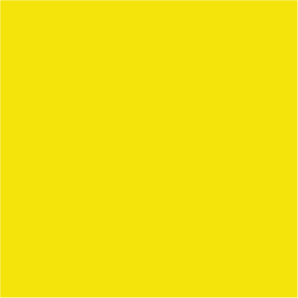_
Da Hazy Light
Packaging
In the collection of can designs I put together for Ola Brew, Da Hazy Light was my proudest. It was vibrant and colorful, and it looked good. Included in this set is a bit of the process and some of the solutions for visualizing this beverage. Also, the beer tasted good and looked cool on the shelf.
Adobe Illustrator, Adobe Photoshop, Blender
_
Ola Brew Logo + Da Hazy Light Logo type
_
Color Swatches
_
Design on template
This is the Da Hazy Light design on template. Notable, the gray half-tone shapes in the background are knocked out. When printed the aluminum shines through.
_
Color separation
When sending out file for print, they recommended a .005in separation for each color on the plates. It did not feel right leaving that up in the air.
_
6 Pack File Setup
Here is the 6 pack on template. Pretty straight forward. Except, these were printed before the cans. Not to put too much on blast, Ola Brew wanted images of the cans on the packaging. Hands on my face, it is why I learned to 3D model.
_
Lay Flats
Here are the flat view of the can and 6 pack. It was important for me to put time in to the left and right view. That perspective is the most common store placement. The way Todd McFarlane made all of Spider Man’s web connect, the background lines flow when stacked with it self and the other Ola Brew beer packaging. Also, when you grab the 6 pack from the top, it looks like you are holding a beer.
_
Da Hazy Light and the Box
Have a break. This feels like a bunch info. Pretty sure I’m the only one going to read this. If you are here, grab a drink, and thank you for hanging out.
_
Image Texture / Roughness Map
This is a split image of the texture and roughness map. When applied to aluminum, all the inks have a separate roughness (amount of reflection). From previous finished can designs, I estimated the roughness to create the 3D model. The left demonstrates the knock out for the aluminum. The right show the roughness map. In the shades of gray, darker shades represent a higher level of reflectivity.
_
Hawai’i Aluminum Can Model
In this set of images, the first is the wireframe of the can. The second image is the base aluminum. And the third is the model textured. While in most situations you can use 202/211 12fl. oz. (355mL) standard stock model. Hawai’i says not so fast. The facility on Oahu, HI has different equipment than other locations. Their can has a tapered ribbed top. So I got the calipers and put my num-pad to use. Thankfully, setting up the aluminum base texture went as planned. Then came applying the texture and accurately placing it with confidence. In the short, UV mapping is harder than it looks. I am proud of the work flow that I setup. I simplified the process while keeping it accurate and repeatable.











